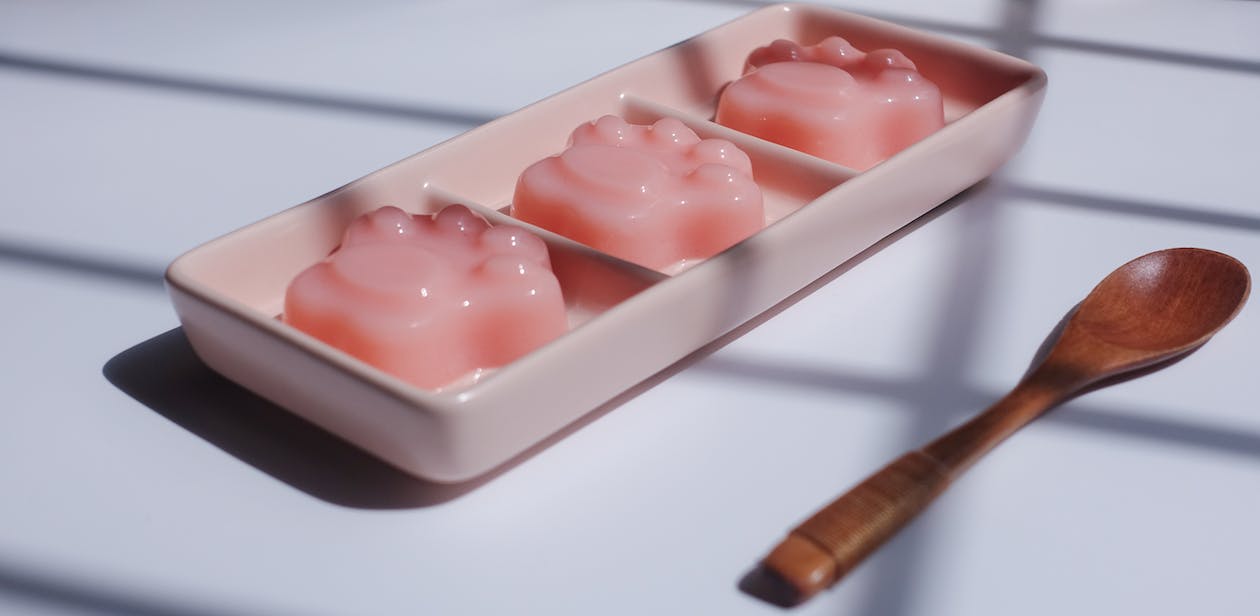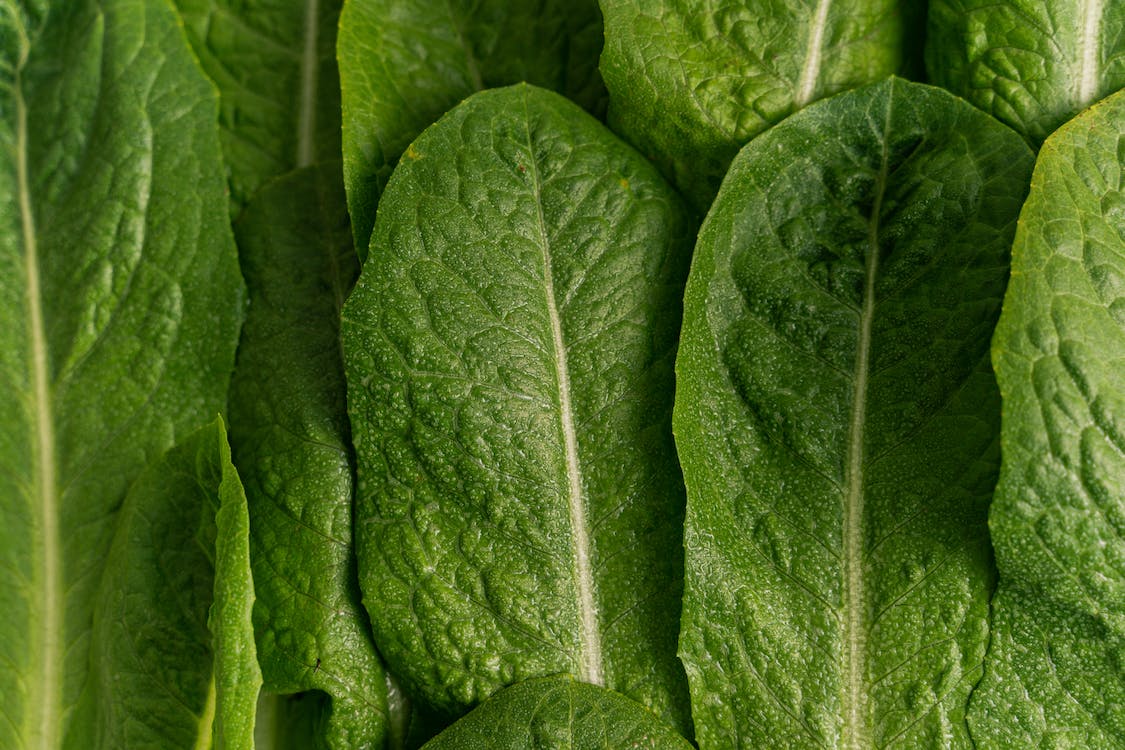Between packing school lunches and making PB&Js for quick snacks, jars of gelatinous fruit spreads like jams, jellies and preserves seem ubiquitous household staples. Your sweet-seeking canine companion certainly takes keen note every time another fruity jar gets cracked open at the kitchen counter. Can dogs indulge jelly cravings too or stand strictly off limits protecting their health? As usual, navigating pet food safety depends some specific considerations.
The Trouble with Sugar
The number one danger posed by jellies comes from pure sugar content. Made from boiled concentrated fruit juice and added sugars cooked to thicken consistency, most commercial jellies consist of essentially 60-80% plain sugars by total weight! This is where risks start piling up for dogs. Significant sugar amounts feed nasty intestinal yeast and bacteria overgrowth disrupting healthy digestion. Rapid sugar spikes can also negatively stress pancreases.

Other Jelly Dangers
Beyond surging blood sugar and gut troubles, additional jelly risks include:
- Food dye allergies – itching, upset stomach
- Xylitol in some “sugar-free” varieties is toxic
- Choking hazard from sticky textures
- Fruit pits/seeds toxicity (grapes/raisins are toxic!)
- Lack of nutrient value displaced balanced meals
- Obesity from unnecessary empty calories
Ultimately the high sugar and little redeeming nutritional substance poses poor cost/benefit health analysis.
Safer Fruit Serving Options
If wanting to share wholesome fruit flavors benefiting rather than endangering dogs, try healthier alternatives like:
- Sliced strawberries
- Ripe banana chunks
- Blueberry yogurt nibbles
- Blended pineapple ACE smoothies
- Pure canned pumpkin dollop
- Low-sugar apple sauce
For super food-motivated pups, use tiny fruit cube training rewards stimulating essential thinking skills. Just avoid grapes, raisins, pits and xylitol sweeteners completely. Everything in moderation scales appropriately to doggie dimensions!
While that dollop of sticky strawberry jelly seems fairly innocuous, recognizing the tangible threats stacking up steering clear from jelly remains the wisest feeding decision protecting precious pup health. When it comes to people food temptations, stick with quality nutrition over sweet stuff!

Frequently Asked Questions
Can diabetic dogs ever eat small jelly amounts?
Unfortunately jelly offers no real redeeming nutritional value worth offsetting health risks posed for diabetic canine patients requiring strict diet control stabilizing blood sugar. Even minor jelly bits prompt unstable spikes.
What about using jelly to disguise medications?
Avoid “pilling” medication doses inside sticky jelly globs hoping that encourages dogs swallowing them – choking and aspiration pneumonia risks run too high for questionable effectiveness success. Use vet-approved pilling methods instead.
Can I make homemade jelly dog treats?
We don’t recommend attempting to concoct homemade jelly dog treat recipes substituting artificial sweeteners or concentrating fruit flavors into reduced jams. Stick with baking actual whole food dog treats instead for safer alternatives providing balanced nutrition.
For both diabetic and non-diabetic dogs alike, jelly’s heavy sugars and lack of nutrients stack the deck against indulging. While delicious on morning toast, look to healthier fresh fruits and veggies delivering nutrition without hazardous., sweetness spikes. Prioritize a balanced canine diet without jelly downsides!



